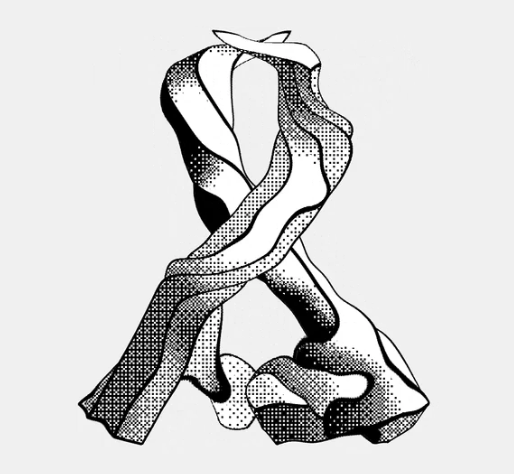I’m considering switching to linux but I’m not a computer savvy person, so I wanted to have the option to switch back to windows if unforeseen complications (I only have 1 pc). Is it just a download on usb and install? And what ways can I get the product key or “cleaner” debloated versions.
If you’re nervous about the switch consider dual-booting. Then you’re not fully committed to the switch & you can have your old Windows system back whenever you want it.
Main steps are:
- Run a defrag on your Windows machine to physically consolidate all your Windows data to one area.
- Break that partition into two (Linux will go one the new empty side)
- Install Linux from a USB as normal, but don’t choose to wipe your drive completely. Choose a manual option instead where you specifically indicate your intended Linux partition from above.
- Optional: Once installation is complete you can set up another partition to hold files which can be available to both OSs.
- Boot into Linux & define the remaining unused space in the Linux partition as a new NTFS partition & give it a name which makes it obvious what it is (i.e. “sharedspace”)
- Then boot into Windows and move the existing data you’d like to share between OSs here (work documents, movies, music, etc.)
Some useful links:
- Video on setting up a dual boot
- Howtogeek used to have a great walkthrough for doing this but I’m getting a 404 error when I try to follow the link now :(
- Optional: Setting up Linux symlinks to point to the shared space partition
I would argue that it is better to have two separate drives for the installation. It simplifies things for non tech savvy people, and I believe Windows has less of an opportunity to mess with your linux install, such as messing with the efi partition.
Same here. I installed Linux Mint on my internal D: drive and left my Windows C: drive completely untouched. Then, I changed my boot order in bios to boot from drive D: This lets you play with Linux without messing with the bootloader on your Windows drive, or fiddling with partitions.
Once I decided to keep Linux, I modified the D: drive bootloader (“sudo update-grub”) so it would show both drives when I booted from D: Now I can boot into either OS without having to change the boot order in BIOS.
Windows, in the past has been known to sometimes overwrite the Linux boot loader after a windows update, so be careful with that, since windows assumes no other os exists in the universe. Depending on your windows version, it might not be a bad idea to backup the license key. Recent versions store your computer’s information in the cloud, so unless you change a lot of components, it should reinstall without much hassle. But it doesn’t hurt to extract the key just in case. Microsoft gonna Microsoft. There are tools for this. E.g. jellybean key finder (or something like that).
Depending on the distro, it might help to disable secure boot in the uefi bios.
That being said, take it one step at a time. Don’t try to recreate everything you were doing in windows right off the bat. Get comfortable with the desktop first. Try different apps for certain tasks. If you have an Nvidia GPU, the experience can vary greatly between different distros. As others have mentioned, most distros have a “live environment” on the installation cd, which you can test to see if your hardware is recognised straight away. That being said, don’t feel like you’re married to a specific distro. Most Linux users will distro hop quite a bit, before they settle on one that just feels right. And even then they might change again after a while, if they get bored.
Windows, in the past has been known to sometimes overwrite the Linux boot loader after a windows update.
Linux (ubuntu) do that pretty often too, people just don’t notice it because they’re unlikely to be running any other bootloader if they have Linux’.
Yes, but if e.g. openSuSE installs its Grub 2 on top of Ubuntu’s Grub 2, you end up with a different theming. If Windows overwrites the bootloader, the Linux boot options are gone.
It depends on how far down the rabbithole you go.
I switched to Linux 27 years ago. My wife asks me to help her with her Windows computer every now and then, and I can’t really do it for more than a few minutes before my blood pressure is in the risk zone.
I switched 4 years ago and I experience the same. But to be fair, I also use an atypical setup designed for efficiency, so basically the opposite of windows in every aspect.
Recent iterations of Windows have been easy to install, esp. when using an entire drive. I (almost) never had issues.
As long as you’ve got a Microsoft account







